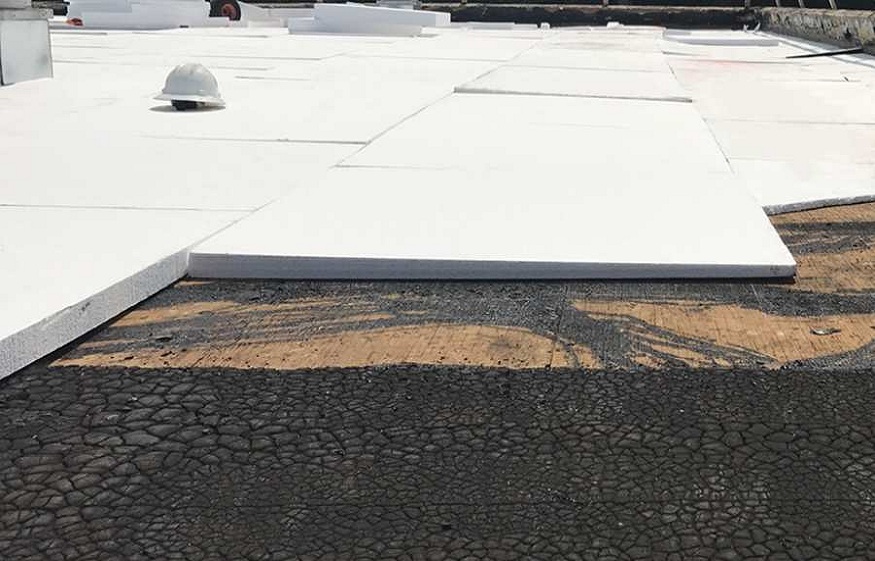The walls of a building are its primary sources of heat loss. Floors, walls, doors, windows and roof even carry an estimated loss of 75%. But the roof is the biggest source of heat loss in a building. It is therefore essential to carry out thermal insulation work at roof level as a priority to avoid any waste of energy and save money in the long term. Thanks to a well-insulated roof, the environment is preserved because less primary energy is needed to ensure comfort in your home.
Why roof thermal insulation?
The thermal insulation of a roof is a priority to limit temperature variations. Your roof lets in cold and damp in the winter, and heat in the summer. Your house will then need to consume more energy to ensure your comfort. However, it would be enough to thermally insulate your roof. Good insulation helps protect the roof from weather conditions. Thus, it will last longer than an uninsulated roof.
Carrying out thermal insulation work on the roof can lead to significant savings, quickly and over the long term. Indeed, the heat loss being reduced, your heating or ventilation needs are much lower.
How to choose?
Whether you want to insulate an existing roof or do so during a roof renovation, the choice of materials is important. If the lower the thermal conductivity value of a material, the more the material is insulating. This will determine the material’s ability to insulate your home. Synthetic materials are often less expensive but more restrictive to set up. Natural insulators offer a guarantee of material ecology. All insulation must also have a thermal efficiency label. This certifies their compliance with the European directive on construction products.
The different categories of insulation
The quality of your 1 euro thermal insulation of a roof will strongly depend on the insulation used. Insulators are classified into 5 groups:
Mineral insulators which are cellular glass, glass or rock wool, perlite, vermiculite, etc.
Synthetic insulators which are polystyrene, polyurethane, etc.
Natural insulators of vegetable origin such as wood, hemp, flax, cellulose wadding or of animal origin such as sheep’s wool, duck feathers, etc.
Thermo-reflectors or thin insulators
New generation insulation such as monomur brick, vacuum insulation panels or PIV, etc.
How to thermally insulate the roof?
Whether you have a flexible or rigid roof, the installation of insulation is necessary and corresponds to traditional installations. On the other hand, if you do not have a roof, the tile is directly visible, you still have the option of insulating the floor of the attic or the lost attic. Or, but it is more expensive, to install an under-roof. It is then necessary to remove the tiles and lintels. If you only aim for better insulation, the investment will not be profitable.

